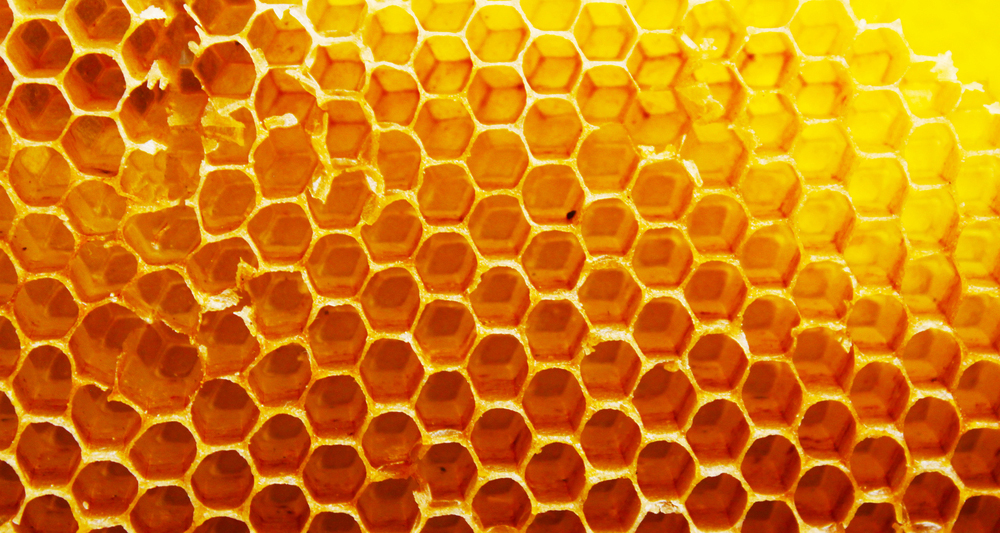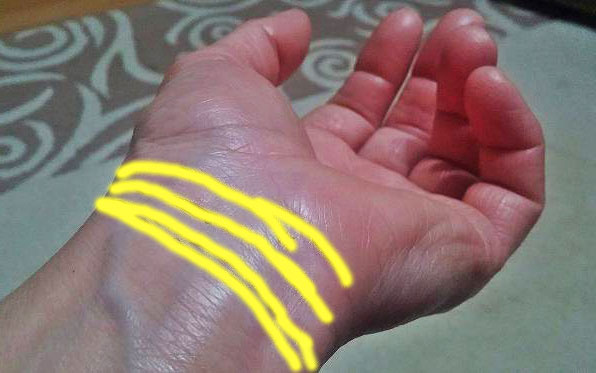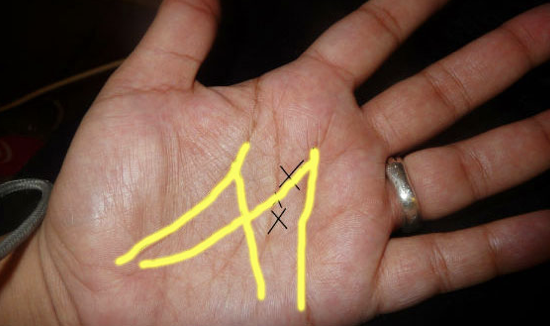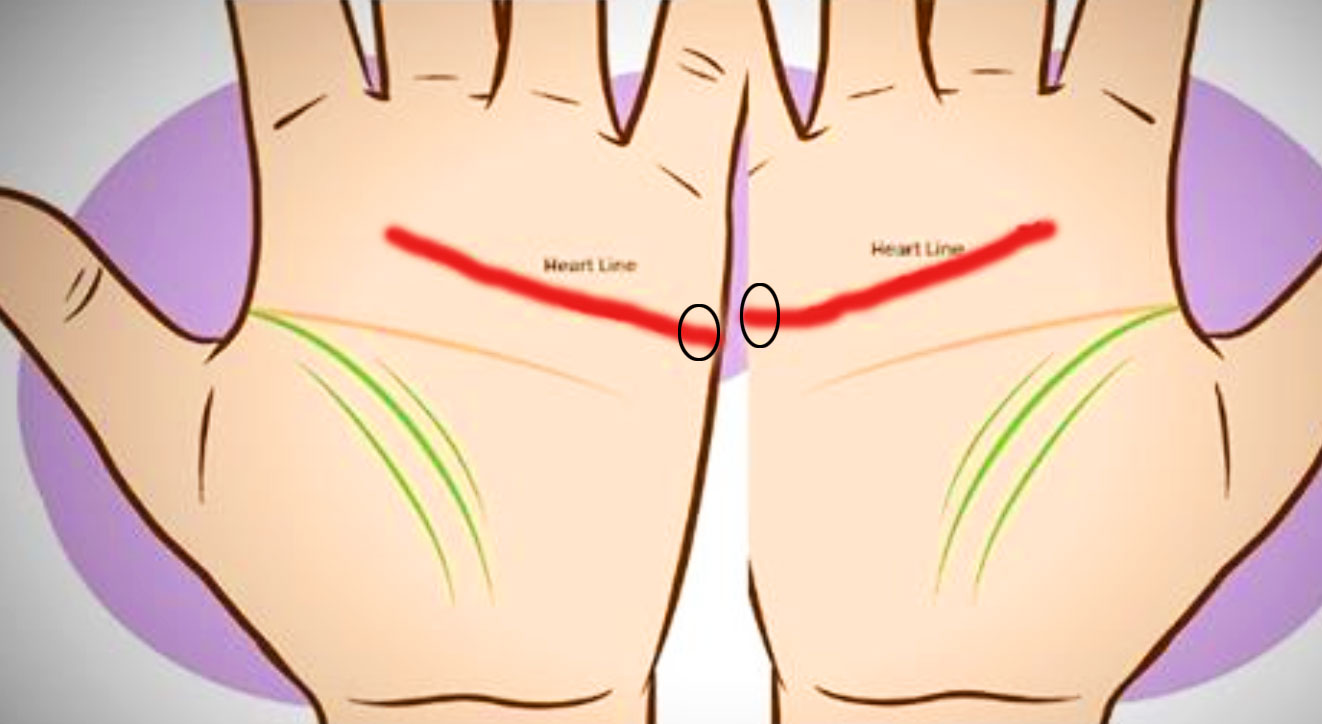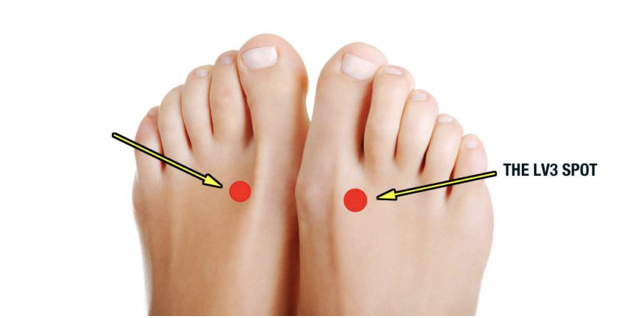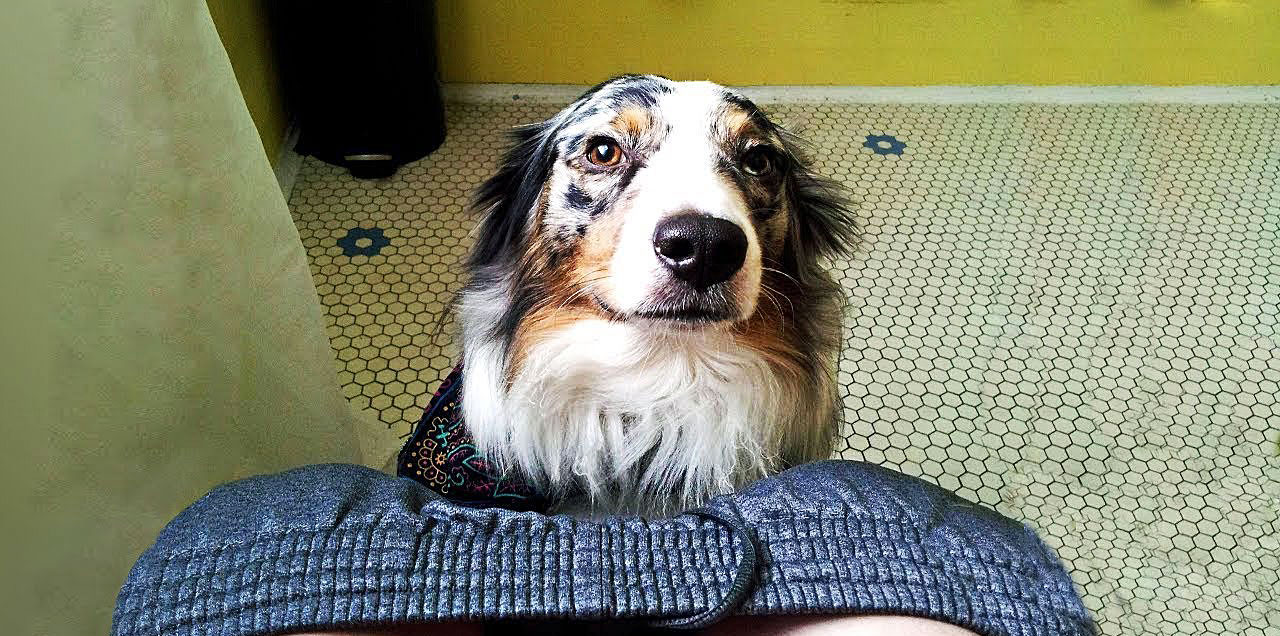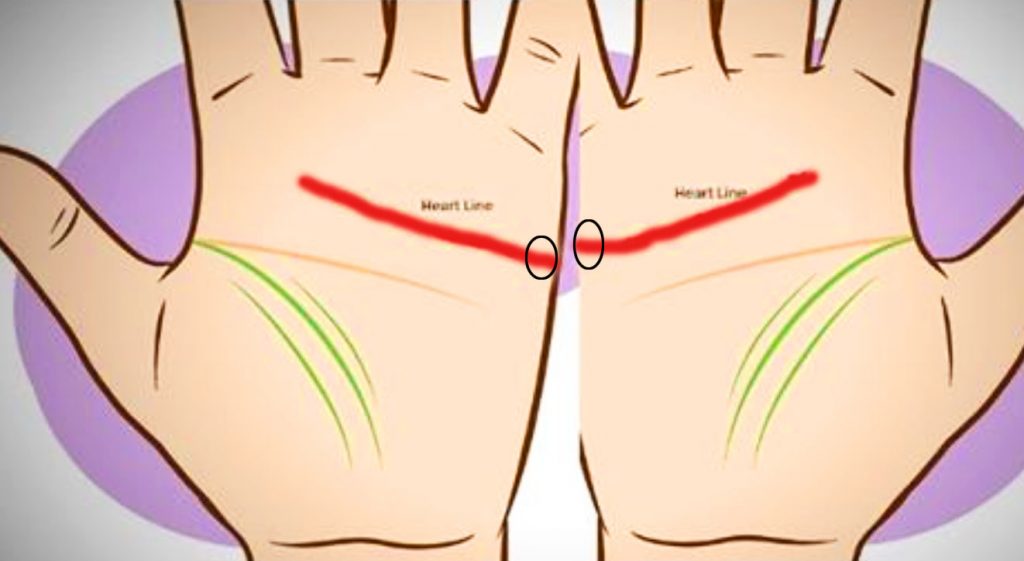Honey costs a pretty penny, especially the type that’s sold in jars labeled organic, raw, all-natural, and unfiltered. The sweet nectar has often been compared to liquid gold and many manufacturers charge premium prices for it. However, the expensive costs do not reflect the actual quality or type of honey that people think they may be getting.
A majority of the honey being sold nationwide is fake. It’s not real or pure, instead it contains all sorts of additives and people are getting ripped off when they pay extra for what they think is pure honey. Part of the problem involves counterfeit honey, which is a term for honey whose place of origin cannot be traced.
Honey in its rawest form contains trace amounts of pollen, bee’s wax, and other impurities. Every single type of pollen is geographically distinct and shows where the honey was made and what floral sources were used by the bees. When honey is processed by manufacturers they put it through an artificial ultra-filtration process that removes all the impurities, this makes it both untraceable and counterfeit. In addition, they often add in artificial flavors and ingredients which further dilute the purity. Besides being untraceable, all the health benefits of the honey get filtered out and lost as well. This is because the impurities that are being removed are what makes it beneficial and worth eating in the first place!
With the steady rise in the amount of mislabeled, impure, counterfeit honey being sold to unaware consumers, how can you know if you’re buying real vs. fake honey? Here are some tips on how to spot fake honey and a few simple tests you can do that will help you determine if the honey you have is fake or real:
1) Real honey will appear to have small particles suspended within it. These may be parts of the honey comb, bee body parts, or pollen and are safe to consume. Fake honey lacks any of these particles and impurities.
2) Real honey is thick and dense. In comparison, fake honey is thin and runny.
3) Real honey smells slightly sweet and pleasant, fake honey has no scent or it smells kind of sour.
4) Real honey is not sticky when you rub it between your fingers, whereas the fake stuff is very sticky because of any added sweeteners.
5) Real honey tastes lighter and the flavor goes away after a few minutes, whereas fake honey is super sweet and the taste stays with you for much longer.
6) Real honey doesn’t bubble when heated, instead it caramelizes. Fake honey bubbles up, yet never caramelizes.
7) Buy directly from a local bee keeper or farmer at a local market or farm store. They often allow you to taste test the product and will answer any questions you may have about the honey they sell.
8) Examine the label- Real honey should contain only one simple ingredient; honey! Some manufacturers will include extra ingredients on the list and if it says added flavors, additives, artificial flavors, or anything of the like, it’s definitely not real honey.
– Some of these additives include molasses, corn syrup, starch, dextrose, glucose, and sugar syrup.
– Products sold with ambiguous names on their labels, such as “honey products” or “honey blends” are usually a clear sign that the honey is not real or pure.
9) Check to see if there are local laws or guidelines that pertain to the purity of honey sold in the region. Some places require that all labels must clearly state if there are any additives in the honey you buy. In America there are no such federal requirements and even if the product contains a USDA logo, it doesn’t necessarily mean that the honey is real or pure.
Tests you can do to determine if your honey is real or not:
Smear some honey on a piece of bread. If the honey is fake the bread will become wet because of the added moisture in the honey. If the honey is real the bread will not get soggy, instead it will quickly become hard after just a couple of minutes.
Test to see of the honey dissolves in a glass of water. Fake honey dissolves quickly whereas real honey will not. Instead, pure honey stays clumped together and sinks to the bottom in globs.

